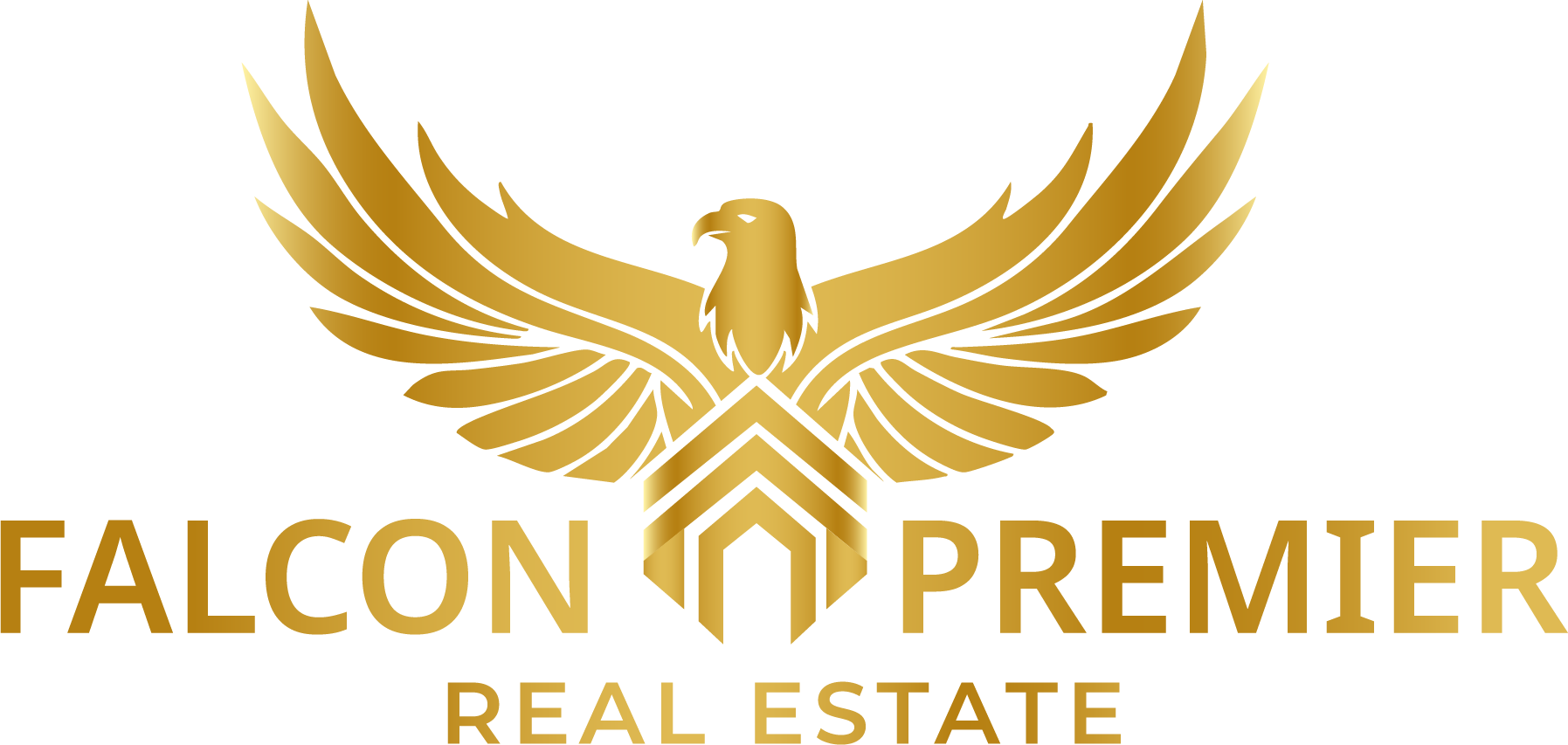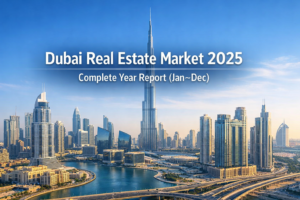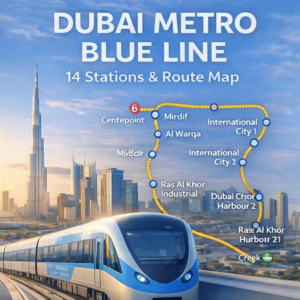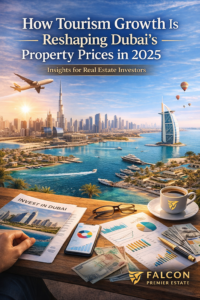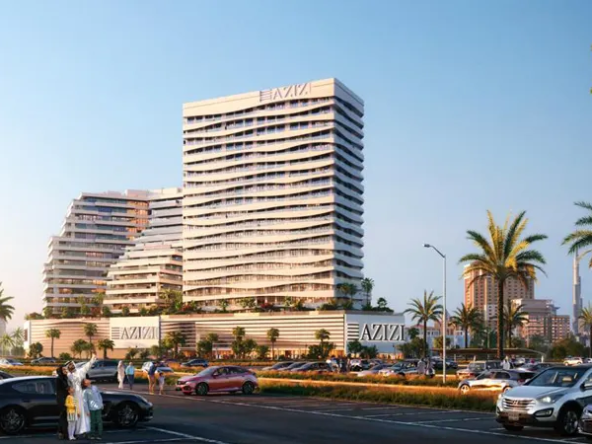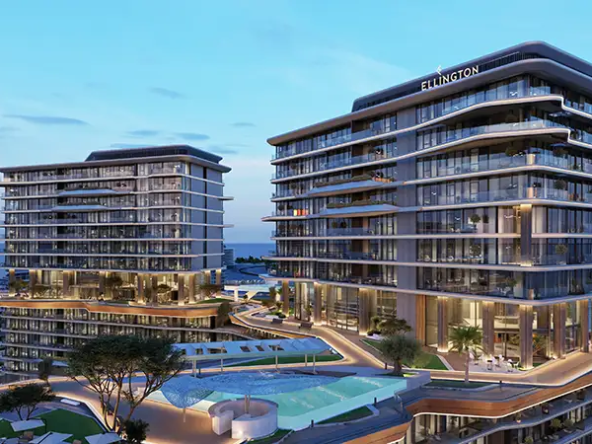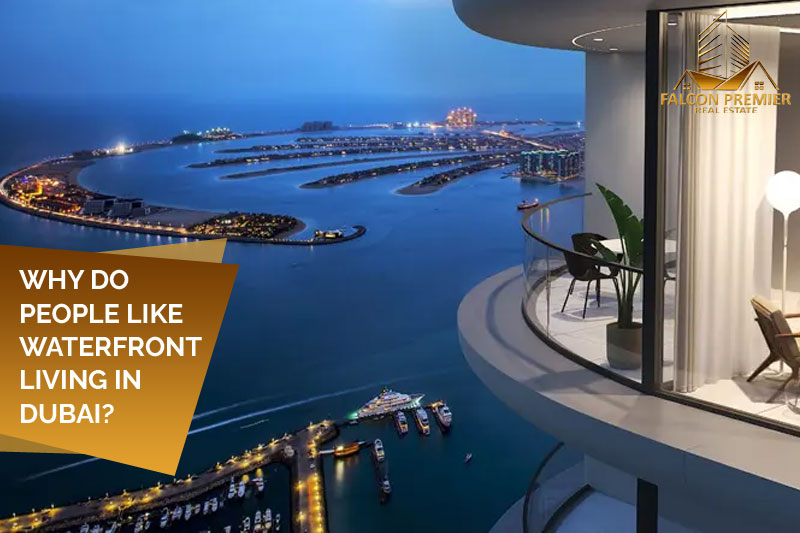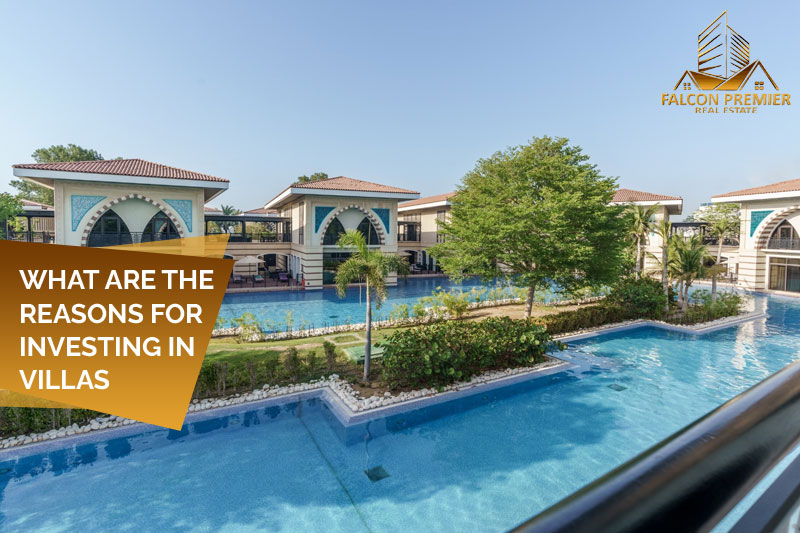Dubai’s real estate market has mastered the art of turning desert landscapes into gold mines—and golf course communities sit squarely at the intersection of luxury living and high-yield investment. As global capital floods into Dubai, properties bordering manicured fairways have emerged as one of the market’s most resilient and rewarding asset classes. Here’s why savvy investors are teeing up their portfolios with Dubai golf real estate.
⛳ 1. The Premium Price Phenomenon: Where Green Views Mean Green Profits
Golf course proximity isn’t just an amenity—it’s a value accelerator. Data reveals Dubai golf properties command 10–30% price premiums over comparable non-golf properties, with front-row villas achieving the highest margins. This isn’t accidental:
- Scarcity & Exclusivity: Golf course plots are finite. Communities like Emirates Hills and Jumeirah Golf Estates (JGE) have AED 4,000+/sq.ft villas, with values surging 15% YoY in 2024.
- Architectural Pedigree: Courses designed by legends like Greg Norman or Emirates Hills add 10–20% to baseline values.
- View Taxonomies: Direct fairway views can add 30% versus “golf-adjacent” properties, creating tiered pricing within communities.
Table: Dubai Golf Community Value Benchmarks
| Community | Property Type | Price/Sq.Ft (AED) | Premium vs Non-Golf |
|---|---|---|---|
| Emirates Hills | Luxury Villas | 4,000+ | 25–30% |
| Jumeirah Golf Estates | Townhouses | 1,300–1,800 | 15–20% |
| Dubai Hills Estate | Golf-View Apartments | 2,200+ | 12–18% |
💰 2. Rental Yields That Outdrive Global Markets
Dubai’s golf properties aren’t just for owner-occupiers—they’re cash flow engines. While London and New York struggle with 2–4% yields, Dubai golf rentals deliver 6–9% gross returns. The drivers:
- Expat & Executive Demand: Relocating corporate leaders seek turnkey luxury. JGE and Dubai Hills Estate cater to this with clubhouses, spas, and concierge services.
- Golf Tourism Surge: Dubai hosted 9.3M tourists in H1 2024, with many booking golf-centric stays. Short-term rentals in communities like Damac Hills (with Trump Golf Club) achieve 25–40% premiums during tournament seasons.
- Lower Vacancy: Golf communities report 15% lower tenant turnover versus urban high-rises, slashing re-leasing costs.
🌍 3. Global Safe Haven Status: Stability When Markets Shiver
When recession risks rattle global real estate, Dubai’s golf assets shine as capital preservation tools. During 2023’s market corrections, golf communities held value 8–12% better than Dubai’s broader market. This resilience stems from:
- Wealthy Buyer Immunity: 6,700 millionaires relocated to Dubai in 2024 alone, insulating luxury markets from volatility.
- Supply Constraints: Only 500 golf villas were delivered in 2024 against demand for 1,200+ units.
- HOA Governance: Proactive associations (e.g., JGE’s course reinvestment fund) prevent value erosion from deferred maintenance.
🏌️ 4. Beyond Golf: The Lifestyle Ecosystem Effect
Modern buyers don’t invest in fairways—they invest in curated ecosystems. Dubai’s golf communities are micro-cities offering:
- Family Infrastructure: Schools like Kings’ College Hospital Dubai and Dubai Hills Mall’s 650 retail outlets.
- Hybrid Work Amenities: Co-working hubs at clubhouses (e.g., Dubai Hills Golf Club) cater to remote professionals.
- Wellness Integration: Spas, hiking trails, and smart parks align with post-pandemic health priorities.
As one JGE resident notes: “It’s not about golf—it’s about living inside a resort that happens to have a championship course”.
📈 5. The Off-Plan Edge: Locking in Tomorrow’s Gains Today
Q1 2025 saw off-plan purchases dominate 65% of Dubai sales—and golf communities led the charge. Strategic timing unlocks unique advantages:
- Pre-Completion Discounts: Early buyers at projects like Discovery Dunes secured 25% price growth before handover.
- Flexible Payment Plans: 0% interest installments over 3–5 years improve cash flow (e.g., Emaar’s Golf Place villas).
- Appreciation Capture: Golf off-plan assets appreciated 8–12% annually from 2020–2024, outperforming ready homes by 3%.
♻️ 6. Sustainability = Future-Proof Value
Dubai’s new-generation golf developments are ditching water-guzzling stereotypes for eco-certified prestige:
- Resource Efficiency: Jumeirah Golf Estates cut water use by 40% using Treated Sewage Effluent (TSE) irrigation.
- Green Certification: Dubai Hills Golf Club’s pursuit of GEO Certification attracts ESG-focused buyers.
- Tech Integration: AI-driven irrigation and solar-powered facilities at Al Zorah reduce HOA fees by 15%.
These features aren’t ethical gestures—they’re value drivers. Sustainable golf properties achieve 7% faster sales and 5% price premiums.
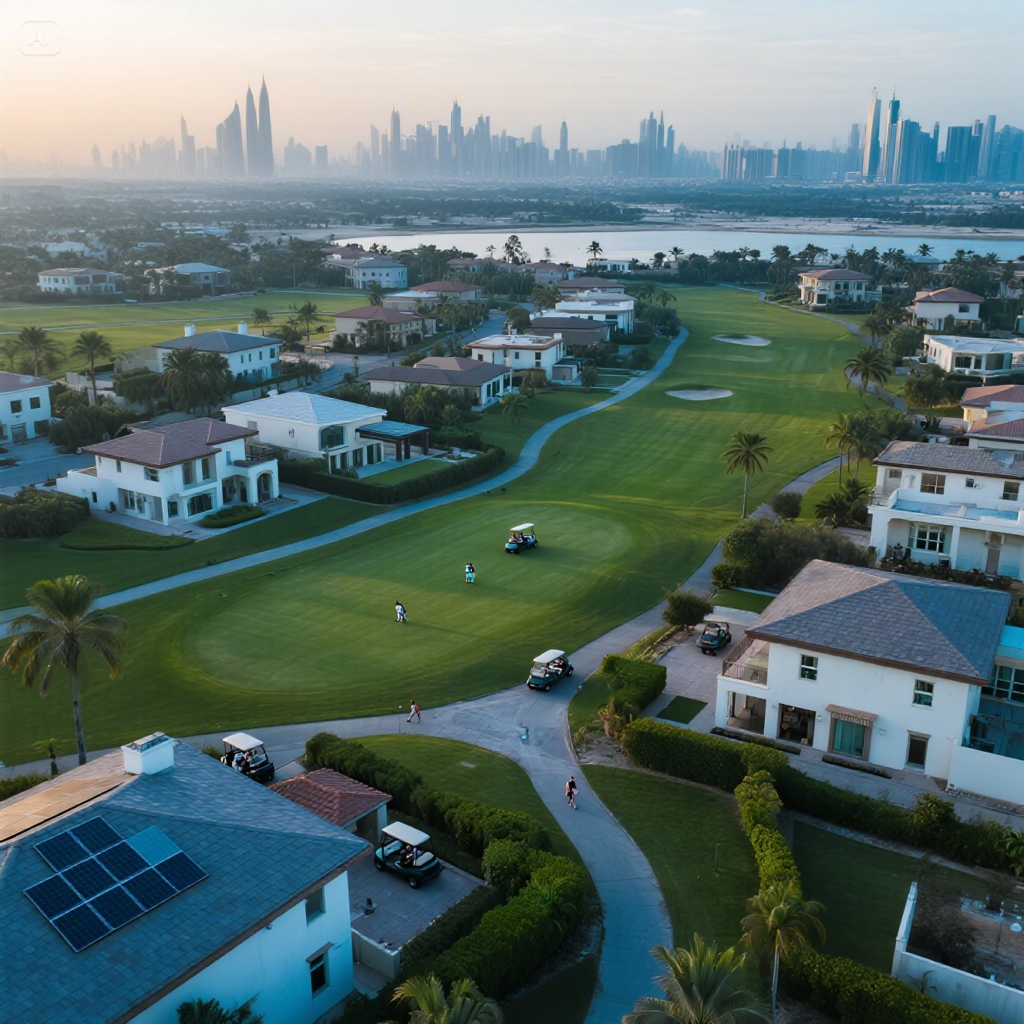
🌴 7. Tourism Synergy: The Invisible Tenant Demand Engine
Dubai’s golf infrastructure doubles as a tourist magnet, creating built-in rental demand:
- Event Economics: The DP World Tour Championship at JGE fills 90% of community rentals at 2X standard rates.
- Branded Residences: Partnerships with operators like Trump (Damac Hills) enable hotel-serviced rentals with 30% revenue splits.
- 365-Day Appeal: Unlike seasonal golf destinations (Spain, Portugal), Dubai’s climate ensures year-round occupancy.
🛡️ 8. Tax Efficiency: Keeping What You Earn
Dubai’s fiscal framework transforms golf property profits into unmatched net returns:
- 0% Taxes: No income, capital gains, or property taxes—unlike the 20–45% liabilities in London or New York.
- Golden Visa Access: AED 2M+ golf property investments qualify for 10-year residency, attracting legacy buyers.
- Freehold Simplicity: Foreigners own 100% of assets in zones like Dubai Hills Estate, with title deeds in 48 hours.
⚠️ Smart Investor Playbook: Maximizing Golf ROI
While fundamentals are strong, execution determines returns. Follow these Dubai-specific strategies:
- Target “Triple View” Lots: Prioritize villas overlooking fairways, parks, and skyline (e.g., Golf Place in Dubai Hills).
- Audit HOA Finances: Verify 60%+ member utilization and reserve funds for course upkeep.
- Blend Lease Strategies: Pair long-term expat leases (6–9% yields) with tournament short-stays (15–20% premiums).
- Buy Designer Brands: Nicklaus/Fazio courses appreciate 8–10% faster than generic designs.
🔮 The Verdict: Dubai’s Golf Market Is Just Teeing Off
Dubai’s golf properties represent a rare convergence of lifestyle prestige and quantifiable returns. With 29,000 new villas planned by 2026 and golf tourism growing at 12% annually, this niche is transitioning into a mainstream wealth preservation tool. As global buyers swap volatile equities for “tangible fairways,” Dubai’s greens are becoming the ultimate green asset.
For investors, the question isn’t “if” but “where”:
- Ultra-Luxury Focus: Emirates Hills or Palm Jebel Ali for 20%+ appreciation.
- Balanced Returns: Dubai Hills Estate or JGE for 7% yields + 10% growth.
- Emerging Play: AIDA Oman (Trump Golf Course) for entry-level premiums.
In a world of volatile assets, Dubai’s golf estates offer something radical: stability with a view
